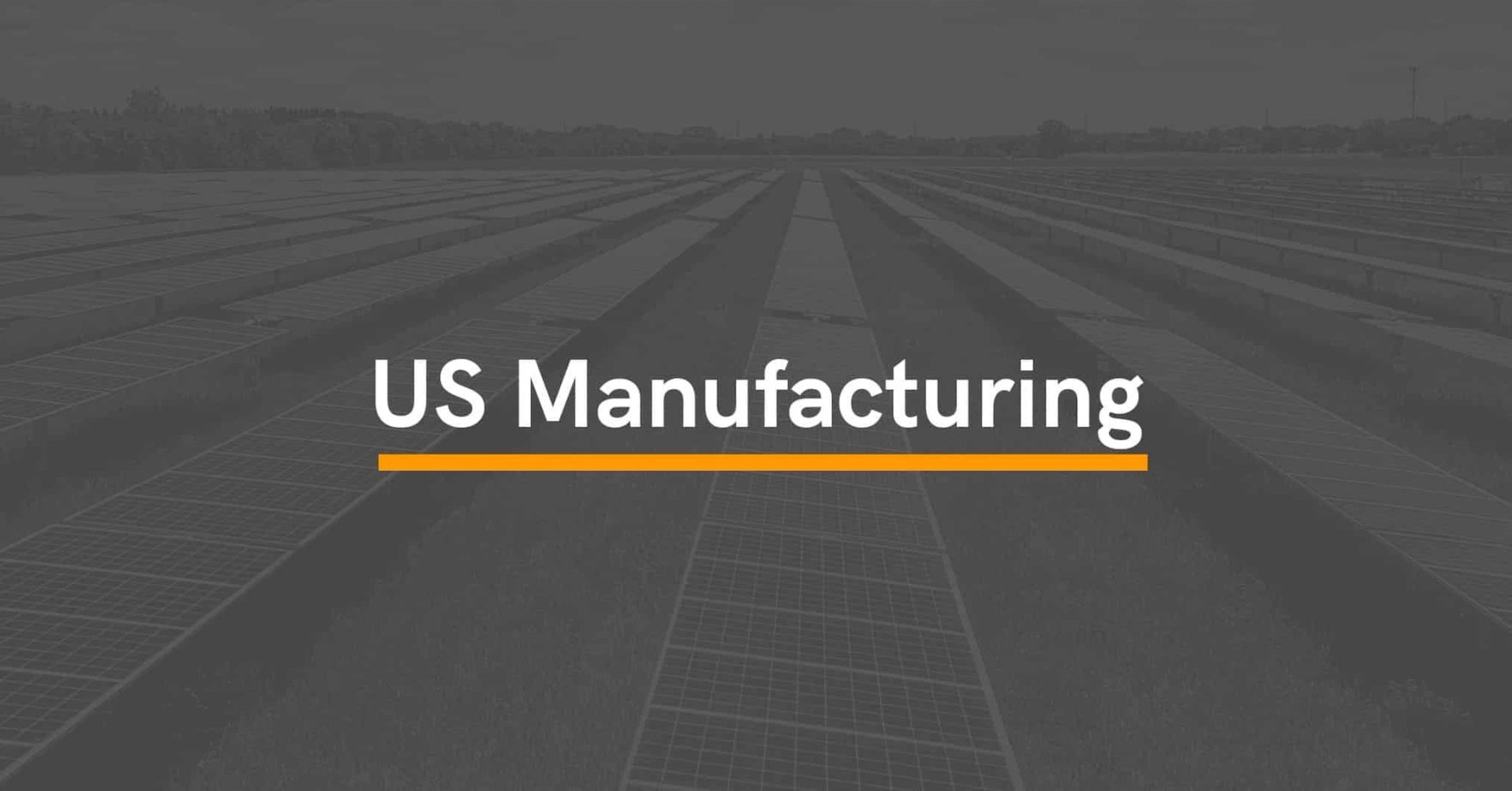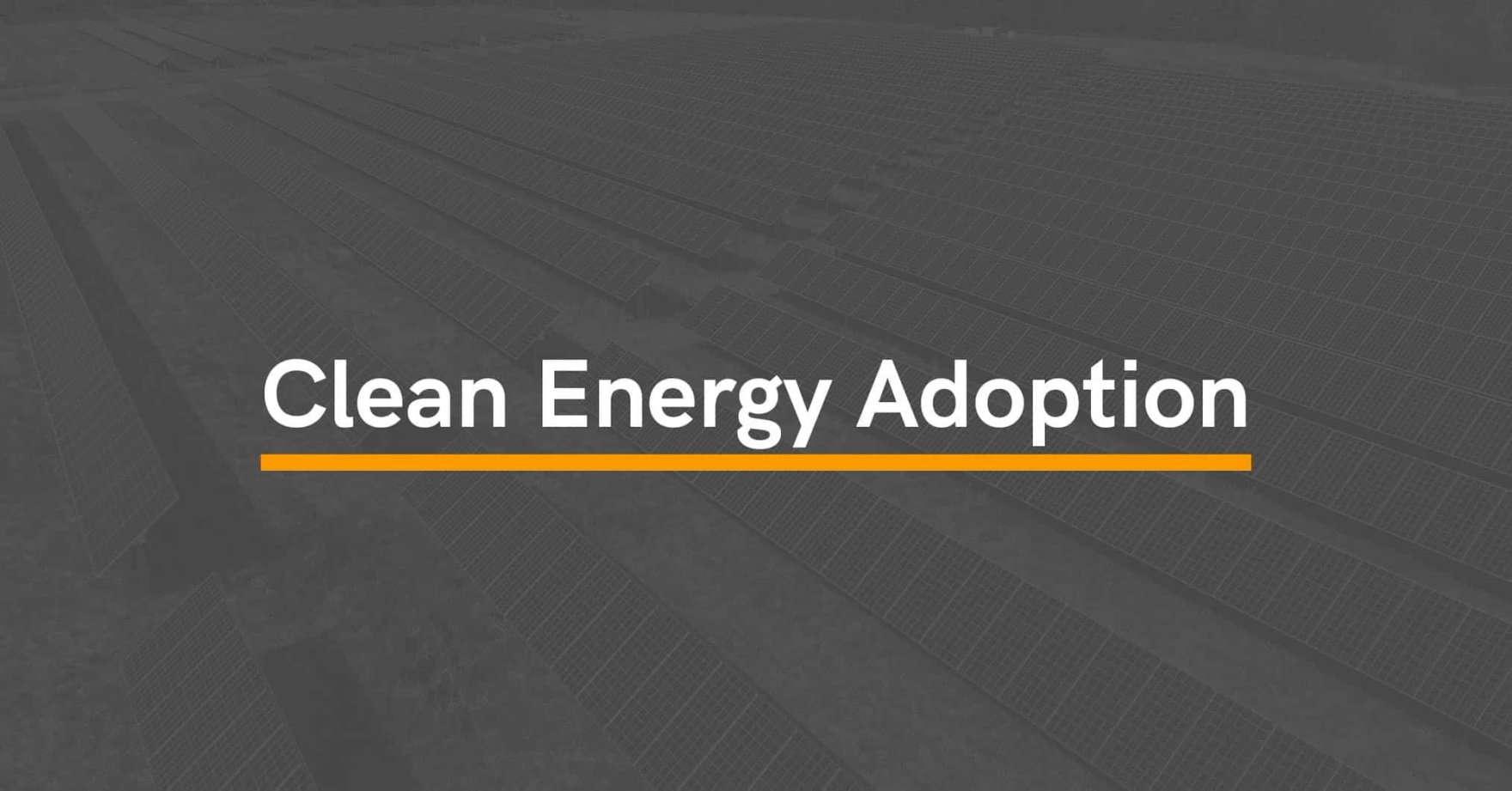The Inflation Reduction Act has put US climate goals on track. An emission-free economy is within reach, and we now have the tools needed to rebuild our energy infrastructure. Let’s see how the 350 billion dollars of climate investments are being leveraged.

US Manufacturing
- $30 billion for solar panels, wind turbines, & battery manufacturing
- $2 billion to retool existing auto manufacturing
- $500 million for electric heat pumps & critical minerals processing

Clean Energy Adoption
- $27 billion to support the deployment of low-and zero-emission technologies
- $7,500 tax credit for the purchase of new EVs or a $4,000 tax credit on used EVs
- $1 billion for clean heavy-duty vehicles (school & transit buses + garbage trucks)

Tax Credits & Programs
- 30% tax credit on energy-efficient & clean energy home improvements
- 2.5-year extension of existing solar investment tax credit (ITC) at 30%
- New tech-neutral ITC at 30% until 2032
- New tech-neutral production tax credit (PTC)

Social & Climate Justice
- $9 billion to electrify appliances in LMI households
- $1 billion for energy efficiency upgrades in affordable housing units
- $3 billion in environmental and climate justice block grants
- $3 billion in grants to support neighborhood equity, safety, and affordable transportation access
Underfunded communities have been facing the brunt of climate change and a higher energy burden. To combat this, this legislation provides additional tax credits to clean energy developers spreading innovation in these areas. A 10% bonus in tax credits is extended to projects built in low-income areas and a 20 percent bonus in tax credits is offered to projects serving more than 50 percent of low-income subscribers. To support our move towards US energy independence, projects using domestic content will also receive an additional 10% bonus in tax credits.
This bill represents the largest pro-climate US legislation ever passed, and it puts us on a path to 40% emission reductions by 2030.